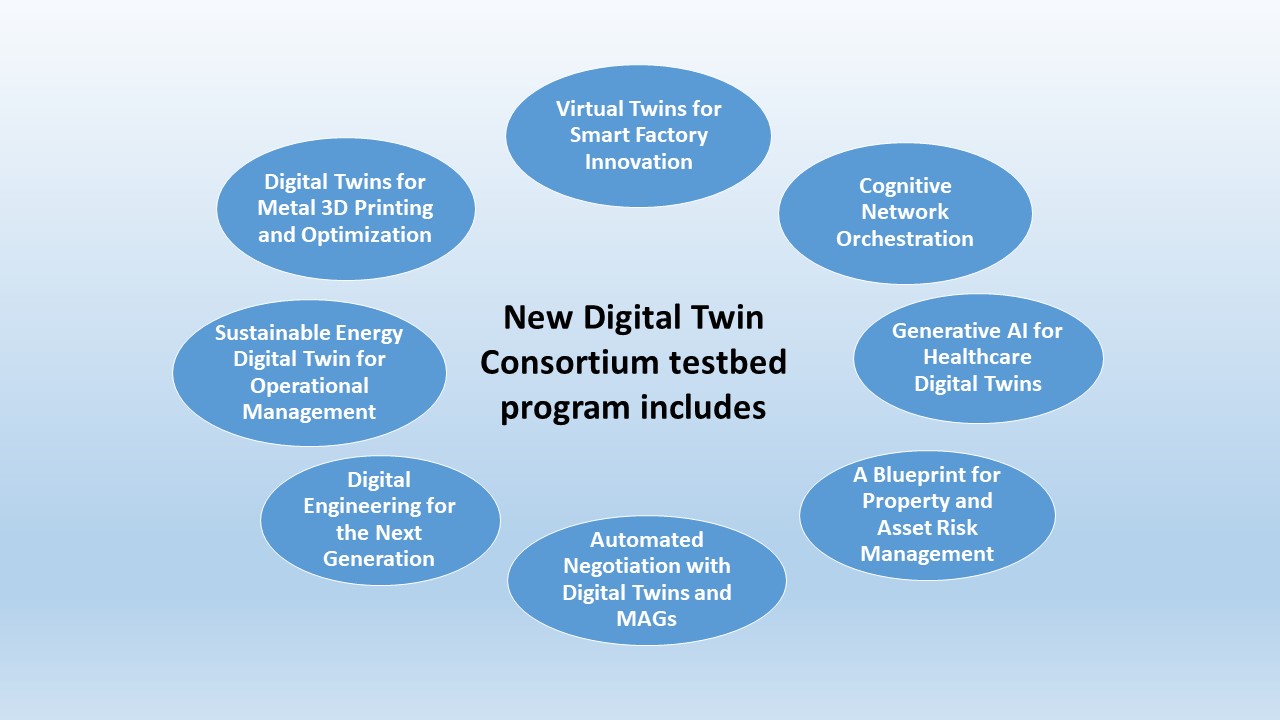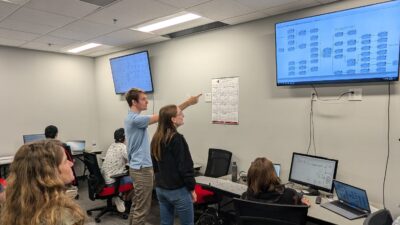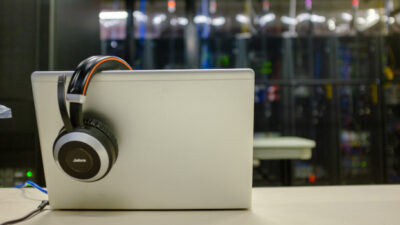The Digital Twin Testbed Program uses DTC’s Composability Framework and tools to assess technologies like GenAI and MAS.

The Digital Twin Consortium (DTC) has announced the first testbeds under its Digital Twin Testbed Program. The member-driven initiative supports the development, validation, and implementation of digital twins that use agent‑based AI and other enabling technologies. Members gain early access to testbed projects, allowing them to model, simulate, integrate, verify, deploy, and refine digital twin solutions while helping to improve the supporting technologies.
The Digital Twin Testbed Program applies DTC’s Composability Framework, including tools such as the Business Maturity Model, Platform Stack Architecture, and Capabilities Periodic Table, along with a capability-based maturity assessment framework. This framework supports the evaluation of technologies such as generative AI and multi-agent systems.
New DTC member-led testbeds include:
- Virtual Twins for Smart Factory Innovation – Given current challenges such as labor shortages and fluctuating demand, there is a growing need to modernized production facilities. This testbed demonstrates how digital twins can simulate production lines to improve design efficiency, reduce commissioning time, and use operational data to enhance long-term performance. Dassault Systèmes leads this testbed.
- Cognitive Network Orchestration – This testbed examines how agent-based digital twins can share information across manufacturing and business systems using standardized data models. It applies a framework that enables multiple digital agents to operate using shared infrastructure and communication standards. XMPro leads this testbed with Microsoft.
- Generative AI for Healthcare Digital Twins – The testbed tests how a GenAI agent applies retrieval-augmented generation (RAG) to graph-based healthcare data. Using Axomem’s cloud infrastructure and Azure AI Foundry, the project assesses the agent’s accuracy, cost-efficiency, and ability to handle sensitive data securely. Participants include hospital representatives and DTC members, with the goal of exploring practical deployment of GenAI in healthcare. Axomem leads this testbed.
- A Blueprint for Property and Asset Risk Management – This testbed develops a common framework for digital twin adoption to support the shift from paper-based systems to AI-supported asset management. It incorporates fault scenarios based on Martin’s Lawto evaluate performance improvements, environmental considerations, and regulatory alignment. Through phased testing and A/B comparisons, the project aims to assess an adaptable approach suitable for use across various industries. Crysp leads this testbed with NEXUS (at The University of Leeds) and TUV SUD, supported by XMPro, DNV, SLB, the Ferdinand-Steinbeis Institut, Ingenuity Leeds, and Oakridge High School.
- Automated Negotiation with Digital Twins and MAGs – This testbed evaluates how systems can support automated agreement-making between organizations by applying digital twins to assess performance and value. It also explores integration with multi-agent generative systems (MAGS) to enhance system interaction, decision-making, and automation, while adhering to organizational policies. NEC leads this testbed with XMPro.
- Digital Engineering for the Next Generation – This testbed supports the development of a digital engineering platform focused on skills training, asset development, and workforce support. It examines the full digital engineering workflow and connects data across the design and manufacturing process to create a prototype designed to meet qualification standards from the outset. The initial project involves producing a desktop statue of a Manhattan Project historical figure, paired with an augmented reality (AR) digital twin featuring interactive capabilities. Oak Ridge High School leads the testbed with XMPro, Sev1Tech, SLB, STEM TEC Services LTD, Ingenuity Leeds, and Dassault Systèmes.
- Sustainable Energy Digital Twin for Operational Management – The testbed evaluates a no-code platform for building digital twin systems that support geothermal operations. It also explores digital twin applications for large-scale energy infrastructure, including deployment, spatial data use, maintenance planning, and event tracking in renewable energy and industrial settings. Decimetrix leads this testbed.
- Digital Twins for Metal 3D Printing and Optimization – The testbed focuses on improving the production of intricately designed metal alloy components. It uses an advanced 3D metal printer integrated with a digital twin framework to support real-time monitoring, control and diagnostics. This setup aims to improve consistency in manufacturing and system integration while contributing to digital manufacturing research. Rowan University and XMPro lead this testbed.
Edited by Puja Mitra, WTWH Media, for Control Engineering, from a Digital Twin Consortium news release.



